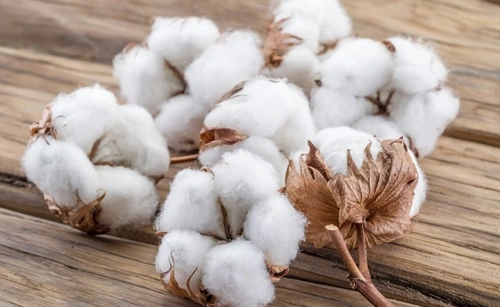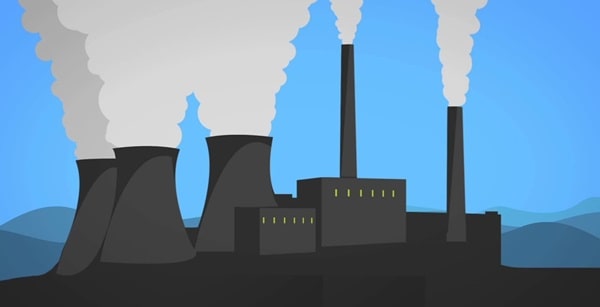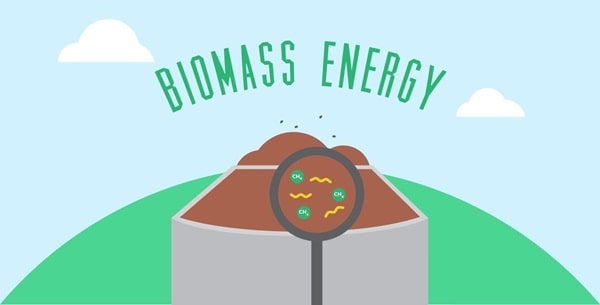Cotton is more than just a fabric; it’s a vital crop that has shaped economies, cultures, and industries around the world. As one of the most widely used natural fibers, cotton plays a significant role in everyday life, from clothing and home textiles to agricultural practices and sustainability efforts. Here are over 10 interesting facts about cotton that will enhance your understanding of this essential material.

1. Ancient Origins of Cotton Cultivation
Cotton cultivation dates back thousands of years. Evidence suggests that cotton was being grown and used as a textile in the Indus Valley civilization around 5,000 years ago. Ancient cultures, including those in Egypt and Mesoamerica, also utilized cotton for clothing and other purposes. The long history of cotton use demonstrates its importance as one of the earliest cultivated fibers in human civilization.
2. The Cotton Plant Has Several Varieties
There are four main species of cotton that are cultivated worldwide, each with its unique characteristics:
- Gossypium hirsutum: Also known as upland cotton, it accounts for about 90% of global production. It is characterized by its strength and versatility.
- Gossypium barbadense: Known as Pima cotton, it has a longer fiber and is prized for its softness and luster, making it ideal for high-quality textiles.
- Gossypium arboreum: This species is primarily grown in India and is known for its shorter fibers.
- Gossypium herbaceum: Found mainly in Africa and Asia, this variety is similar to Gossypium arboreum and is used in traditional textiles.
3. Cotton Is a Major Cash Crop
Cotton is one of the most valuable cash crops globally, contributing significantly to the economies of many countries, particularly in the Southern United States, India, China, and Pakistan. In the U.S., cotton is often referred to as “white gold” due to its economic importance. The crop supports not only farmers but also a vast network of ginners, manufacturers, and retailers.
4. Sustainable Practices Are Evolving
While cotton has historically been associated with environmental concerns, including water use and pesticide application, sustainable practices are becoming more prevalent. Organic cotton farming, which avoids synthetic pesticides and fertilizers, is gaining traction. Additionally, various certification programs, such as the Better Cotton Initiative, promote sustainable practices throughout the cotton supply chain, encouraging responsible water use, biodiversity, and fair labor practices.
5. Cotton’s Impact on Climate Change
Cotton production has a complex relationship with climate change. On one hand, the crop requires significant water resources, particularly in arid regions, leading to concerns about water scarcity. On the other hand, cotton plants can help mitigate climate change by sequestering carbon dioxide from the atmosphere. Sustainable farming practices and improved irrigation methods are essential for balancing cotton production with environmental considerations.
6. The Cotton Gin Revolutionized Production
Invented by Eli Whitney in 1793, the cotton gin was a groundbreaking machine that revolutionized cotton processing. Before the cotton gin, removing seeds from cotton fibers was a labor-intensive process. Whitney’s invention mechanized this task, significantly increasing cotton production and making it a more profitable crop. This innovation also played a key role in the expansion of the cotton industry in the U.S., especially in the Southern states.
7. Cotton Is a Versatile Fiber
Cotton is known for its versatility and is used in a wide variety of products beyond clothing. Cotton fibers can be found in bed linens, towels, upholstery, and even industrial products like medical supplies and bookbinding. The fiber’s natural breathability, softness, and absorbency make it a preferred choice in many applications.
8. Cotton and the Textile Industry
Cotton is a cornerstone of the global textile industry. It is often blended with synthetic fibers like polyester to enhance durability, wrinkle resistance, and ease of care. The rise of “fast fashion” has also led to increased demand for cotton-based textiles, making it essential for manufacturers to find sustainable sourcing and production methods to meet consumer demand.
9. Cottonseed Oil and Byproducts
Cottonseed, the byproduct of cotton production, is used to create cottonseed oil, a popular cooking oil. Cottonseed oil is often used in processed foods, salad dressings, and snacks due to its neutral flavor and high smoke point. Additionally, cottonseed meal, which remains after oil extraction, is used as animal feed, making cotton a valuable resource beyond its fibers.
10. Cotton’s Role in Cultural Practices
Cotton has played a significant role in cultural practices and traditions around the world. In India, for example, cotton is central to traditional textiles, such as handloom sarees and dhotis. The craftsmanship involved in creating cotton textiles reflects cultural heritage and artistry. In the U.S., the tradition of quilting often incorporates cotton fabrics, with quilts serving as both functional items and expressions of creativity.
11. Global Cotton Production and Trade
The cotton trade is a vital part of the global economy, with major producers including the U.S., China, India, and Brazil. Cotton is often traded on international markets, impacting prices and economies worldwide. The fluctuation of cotton prices can significantly affect farmers’ livelihoods, making it essential to monitor market trends and global demand.
12. Innovations in Cotton Technology
Technological advancements in cotton production are ongoing, with research focusing on developing drought-resistant cotton varieties and improving pest resistance. Biotechnology has also played a role in creating genetically modified cotton that requires fewer pesticides and less water, addressing some of the environmental concerns associated with conventional cotton farming.
13. Cotton in the Health Sector
Cotton is utilized in various health-related products, including bandages, gauze, and medical dressings. Its natural absorbency and softness make it ideal for medical applications. Furthermore, cotton fibers are often used in personal care products, such as cotton balls and swabs, contributing to hygiene and health care.
14. Cotton and Climate Resilience
As climate change poses challenges to agriculture, cotton farmers are adopting climate-resilient practices. These include improved irrigation methods, crop rotation, and integrated pest management. By embracing sustainable practices, cotton farmers can mitigate the impacts of climate change and ensure the long-term viability of cotton production.
Cotton is more than just a fabric; it’s a versatile and essential resource that has shaped economies, cultures, and industries for thousands of years. From its ancient origins and role in the textile industry to its environmental challenges and innovations, cotton remains a significant part of our lives. Understanding these facts about cotton can deepen your appreciation for this remarkable fiber, whether you’re wearing cotton clothing, using cotton products, or enjoying the artistry of cotton textiles. As we continue to evolve our approaches to sustainability and production, cotton will undoubtedly remain a key player in our global landscape.


